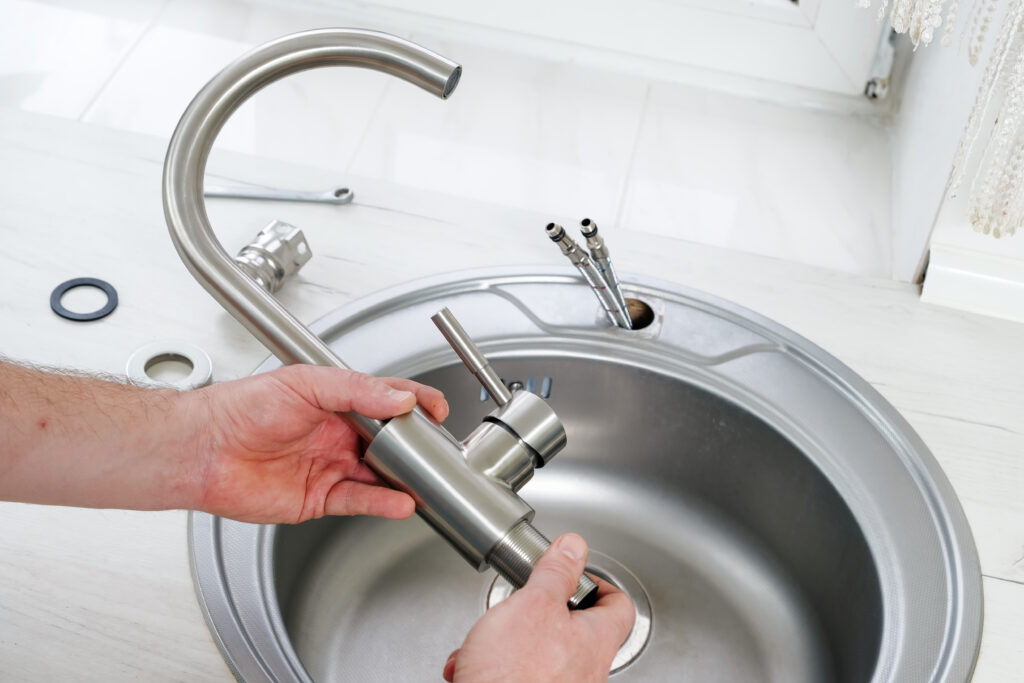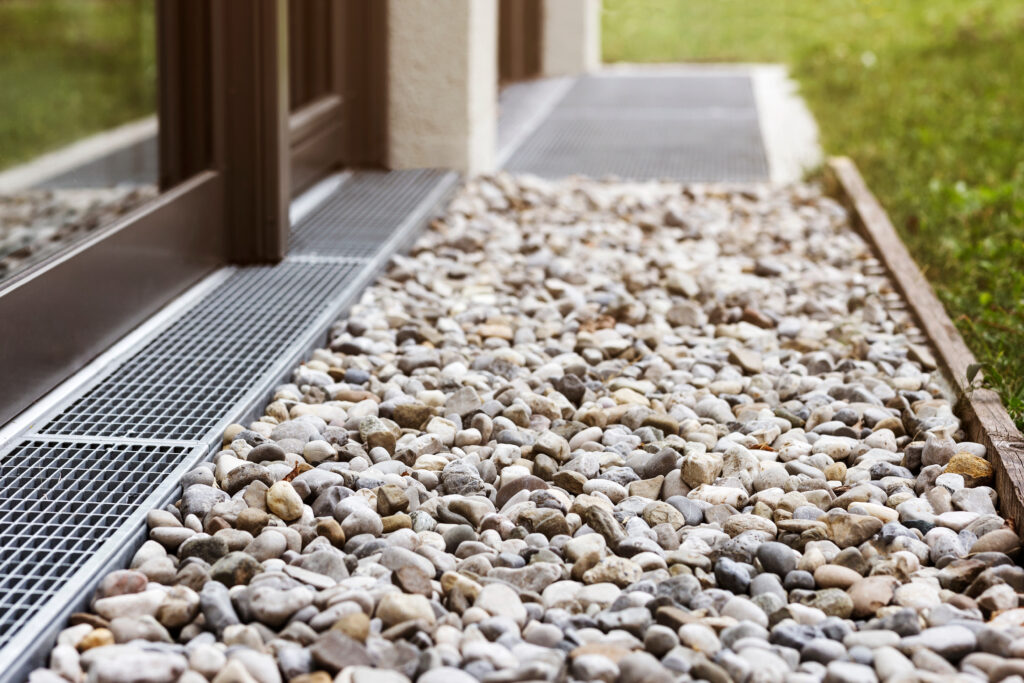How to Remove Sticky Residue from Glass — And Why You Should Care as a Homeowner
Okay, so, let’s set the scene: You just peeled a price tag off a new mirror, or maybe there’s leftover tape gunk from a home project, and now there’s this annoyingly stubborn sticky residue on your beautiful glass surface. What gives? It’s more than just a cosmetic irritation—it can mess with the functionality of some appliances, affect visibility, or even attract dirt that becomes harder to clean over time. Whether you’re dealing with kitchen glass panels, oven doors, shower screens, or those trendy indoor glass partitions, knowing how to properly remove sticky residue is one of those weirdly specific home care skills you’ll thank yourself for. Plus, if you’re protected by a home warranty, especially with a provider like Armadillo, understanding basic maintenance means fewer headaches when you need to file a claim.
What’s That Sticky Stuff and Why Does It Stick So Well?
Sticky residue is the leftover gunk from adhesives like tape, labels, stickers, or glue that don’t fully come off the surface. When these adhesives break down—over time or due to exposure to heat—they can bond more deeply with glass surfaces. Because glass is nonporous and smooth, you’d expect gunk to come off easily, right? Not so fast. The residue often clings because it’s designed to adhere for long periods (think Gorilla Tape or shipping labels), which means it requires the right combination of technique, patience, and products to remove it smoothly and without causing damage to the surrounding area—or worse, scratching your glass in a way that forever reminds you of that one careless afternoon.
The Tools and Products You’ll Want to Reach For
Glass is tricky. You want to treat it gently but effectively. Here’s the play-by-play. Start with your gentler household items like warm soapy water. Adding a bit of white vinegar can help break down certain adhesives. Vaguely gross but effective—your own nail can work to scrape it away without damaging the surface. Avoid knives or razor blades unless you’re fully confident (and even then, proceed with absurd caution). If that fails, grab a bottle of rubbing alcohol or isopropyl, which dissolves adhesives fairly quickly. Commercial sticky removers—like Goo Gone—are also highly effective and safe for most glass types. After application, a microfiber cloth should be enough for cleanup—no paper towel flaking drama, thank you very much.
What Not to Do When Cleaning Sticky Residue
Blasting the glass with bleach? Nope. You’ll risk staining surrounding materials or your hands, and it doesn’t work on adhesives anyway. Using abrasive scrubbers? Bad call. They’ll leave tiny scratch marks all over your pristine glass, and once scratched, glass tends to accumulate grime more quickly. Another no-no? Leaving chemical products on too long. Residue removers can stain or weaken glass over time if not properly wiped down. And, yeah, always spot test—especially if you’re dealing with fancy things like frosted or etched glass. And please lock up your pets and kiddos during this whole thing. These chemicals aren’t toys, even if your dog thinks everything is a chew toy.
Why This Matters Inside Key Home Systems
Here’s where we make the jump to home warranty relevance. Think about your oven door, microwave panel, or smart glass fridge panels. Residue on these glass surfaces can cause visibility issues, trap heat, or impede touchscreen response (yep, smart appliances are glass-heavy tech). Removing stickers from new appliances incorrectly can also void warranties if visible damage is caused—something most homeowners don’t find out until it’s too late. Keep also in mind that some venting systems have small glass or plastic components—residue build-up can trap dust and affect air quality. Not ideal. And since a lot of home warranty claims are rejected due to “poor maintenance,” yeah, making sure your glass is clean can be reimbursable-for-repair versus just… expensive.
Okay, So What About Specialty Glass — Like Shower Doors or Skylights?
Great question. Shower doors are like, soap scum magnets with a flair for collecting weird gunk. Sticker residue here can attract mildew if it traps moisture, which then turns into a micro-ecosystem you do not want growing in your bathroom. For skylights or other ceiling glass installs, you’re dealing with sunlight exposure, which bakes adhesive residue onto the surface over time. Tools like plastic scrapers and glass-safe sponges come in super handy here. And for high-reach or out-of-the-way spots? A quick tip: a telescopic handle attachment isn’t just a clever add-on—it can save your back *and* keep your warranty coverage intact (a fall from a stepladder is not covered, promise you that).
Improving the Lifespan of Your Glass Appliances Through Maintenance
Here’s the part most people overlook. Regularly checking and lightly cleaning glass appliances—especially after removing any stickers or labels—can add years to their lifespan. Think of it as stretching after a workout. Sure, it feels unnecessary in the moment. Until it doesn’t. Sticky residue can attract grease and dust, creating grime layers that creep into hinge joints, cause small parts to stick, or just generally wear out seals and finishes. A little TLC today can mean not having to call for a repair (or file a claim) tomorrow. Which, if we’re being honest, is the whole name of the game—protecting your home systems and appliances from the dumb little things that can turn into expensive setbacks.
Don’t Let the Small Things Cost You Big — Why Armadillo Has Your Back
In a perfect world, your glass surfaces stay pristine, your appliances work forever, and sticker residue doesn’t exist. In reality? Things break. Things get sticky. And life happens. That’s where Armadillo steps in. With customizable, modern home warranty coverage, you can protect your home’s systems—like heating, plumbing, and yes, even appliance glass panels—without the outdated fine print or frustrating loopholes. The beauty of it? We make it simple. Want to learn more? Just cruise over to our homepage. Ready to start protecting your home now? Dive straight in and build your personalized plan. For everything else that sticks in life—at least now you’ll know how to get it off.


























